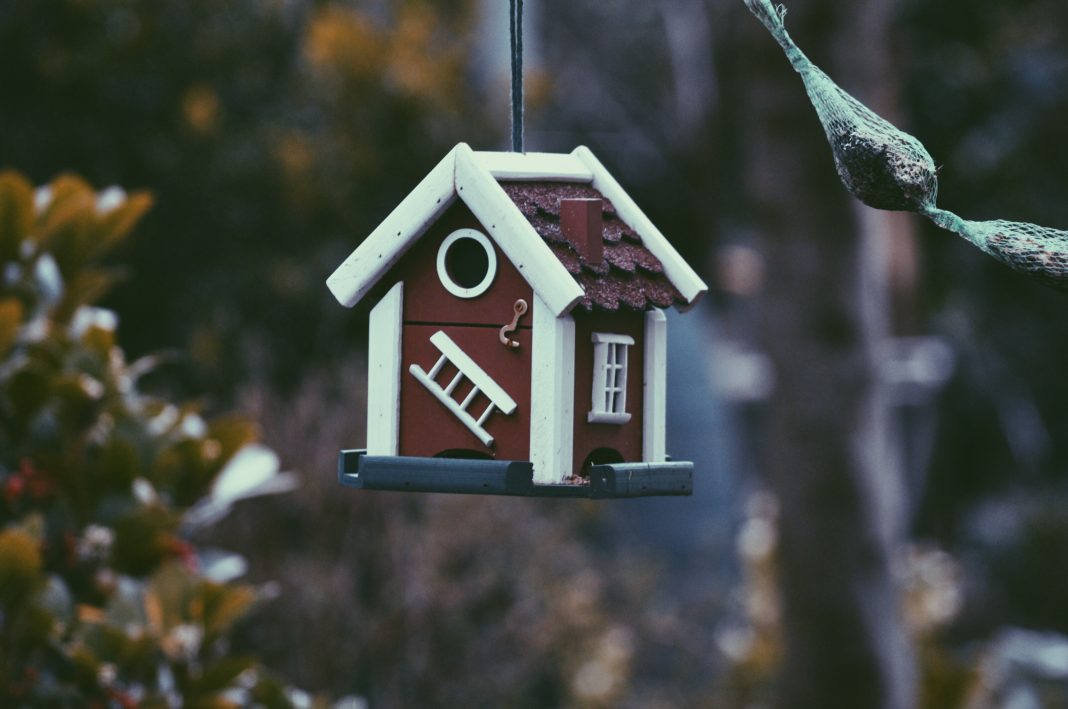Homeowners insurance is a necessity for property owners. It provides coverage for destruction or damage to a house and liability protection. When choosing a policy, homeowners should consider affordability and experience.
Many insurance companies give discounts for combining policies, having a mortgage with the same company, installing safety devices in homes, and more. It’s essential to research each provider and see what works best for your home and lifestyle.
Coverage
Protect yourself and your property from theft, fire, storm damage, and lawsuits with homeowners insurance—shop by comparing coverage options, estimated premiums, and discounts offered.
Ensure the “dwelling” limit in your policy is at least equal to the current market value of your home. Also, consider a higher deductible to lower your monthly costs but be prepared for more unforeseen expenses incurred in the event of a loss.
Many things affect your premium, including location, crime rate, and coverage type. Some policies include replacement costs or actual cash value coverage. The age and type of construction of your house are also factors insurers use to calculate your risk. Other things you can control, like maintaining good credit or avoiding small claims, can help keep your premium low.
Deductibles
The deductible you choose for your home insurance policy is an important decision that directly impacts the price of your premium. Typically, your premium will be lower the more significant your deductible is. However, ensuring you can comfortably pay the deductible in an emergency is essential.
Deductibles are usually set as a fixed dollar amount or percentage of the dwelling coverage. A fixed dollar deductible is always the same, while a percentage deductible will change when your coverage amount changes.
Some policies also have special deductibles for specific claims, such as wind or hurricane-related damage. These deductibles are separate from your regular deductible and vary by insurer. Talk to your home insurance provider to determine the best options for you.
Exclusions
Although most home insurance policies exclude a certain number of items, add-on coverages are available to boost these policies’ essential protection. These add-ons may cost extra, but they can protect you from the financial consequences of a significant loss.
Some of the most common exclusions include large-scale disasters like flood damage; damage resulting from negligence or normal wear and tear; and inherently risky items, such as trampolines. Some add-ons include valuable jewelry, art, and other personal property coverage, identity theft protection, and code upgrade coverage.
Code upgrade coverage reimburses you for expenses incurred to bring your home up to current building codes after damage occurs. This type of coverage is typically limited to a percentage of your dwelling coverage limit but can be increased through endorsements.
Add-ons
Adding policy add-ons (also called riders or endorsements) to your base home and life insurance policy gives you more protection for things your basic homeowner’s policy may not cover. For example, you can add a swimming pool add-on to cover injuries in your swimming pool or around your pool’s accessories, like a diving board.
Other policy add-ons include code upgrade coverage, which helps pay to bring your home up to current building codes if it becomes damaged in a disaster. Another popular add-on is extended reconstruction cost coverage, which provides an additional of your dwelling coverage limit for cases where the cost to rebuild ends up higher than expected.
The price of these add-ons varies by company and coverage limit. Talk to your agent about which ones are right for you.
Ratings
While every home insurer will claim to provide quality service, you can get a sense of customer satisfaction by checking ratings on your state insurance department website and independent reviews from friends and family. A company’s financial strength rating is another critical consideration, as it shows how well the insurer will be able to pay claims when you need them.
The size of your home can impact rates since larger houses may require more resources to repair or rebuild. The location of your house, including how far it is from a fire department or water source, can also affect your premium. And having a pool, trampoline, or other high-risk features on your property can raise your rate.
The bottom line is that homeowners insurance’s pricing and coverage options vary widely from one provider to another. By understanding how different factors affect prices, you can find a policy that fits your needs and budget.










